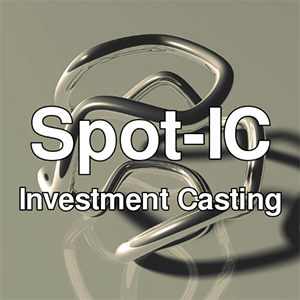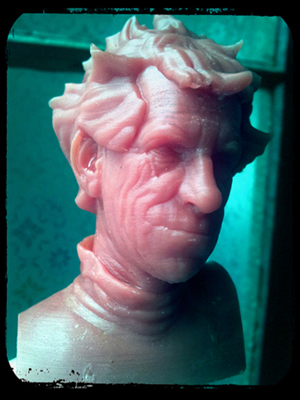With the rise of DIY DLP and desktop SL 3D printers – including the Form1, the B9 Creator, and even this unnamed, little number – ambitious hobbyists and serious prototypers are going to need a source for affordable resin. That source may just be Spot-A Materials.
When fused filament fabricators can’t get the detailed prints desired, users turn to direct light processing or stereolithography. Applying light to a photocurable resin can yield some pretty high-resolution prints that make the Form1 the envy of many in the community. However, up until the recent release of printers like the Form1, such machines have been relatively expensive with high end SLA printers running into the tens or even hundreds of thousands of dollars. Therefore, the market for a cheap and reliable resin had been pretty small. Spot-A Materials — out of Spain — hopes to rectify the issue with a diverse line of photocurable resins.
Spot-A’s polymer resins are meant to be ideal for DIY stereolithographers, with a materials list that includes the Spot-GP and Spot-HT acrylic resins, light-curable liquids perfect for general use under UVB, UVA, and visible blue light up to 425nm – with the HT variety making for a harder, more durable print. The prices offered by Spot-A run as low as $90 a kilogram, which is about $17 cheaper than the cheapest option from the B9 Creator store. Spot-A may have some competition, however, from MakerJuice, another consumables site that sells two different resins – perhaps the equivalent of Spot-GP and Spot-HT – for less than half the price. Not only that, but MakerJuice’s resins are available in a wide range of colours at no additional cost. Where it falls short in terms of price, Spot-A makes up for in material types.

Fernando Muniz, the founder of Spot-A, is an avid member of the RepRap community, so not only is he testing out ways to create new materials, but he’s gone out of his way to ensure that they work with DIY projector projects. And, in the case that any issue comes up, he’s glad to help you out on the RepRap forums or on the company’s own website.
My big wish for Spot-A, or any DLP consumable project for that matter, is that they team up with Anderson Ta of AMRI. This past summer at RepRap U, Anderson made significant progress in the field of photocurable biological material by 3D printing hydrogel with his DLP printer.
Source: Spot-A Materials



